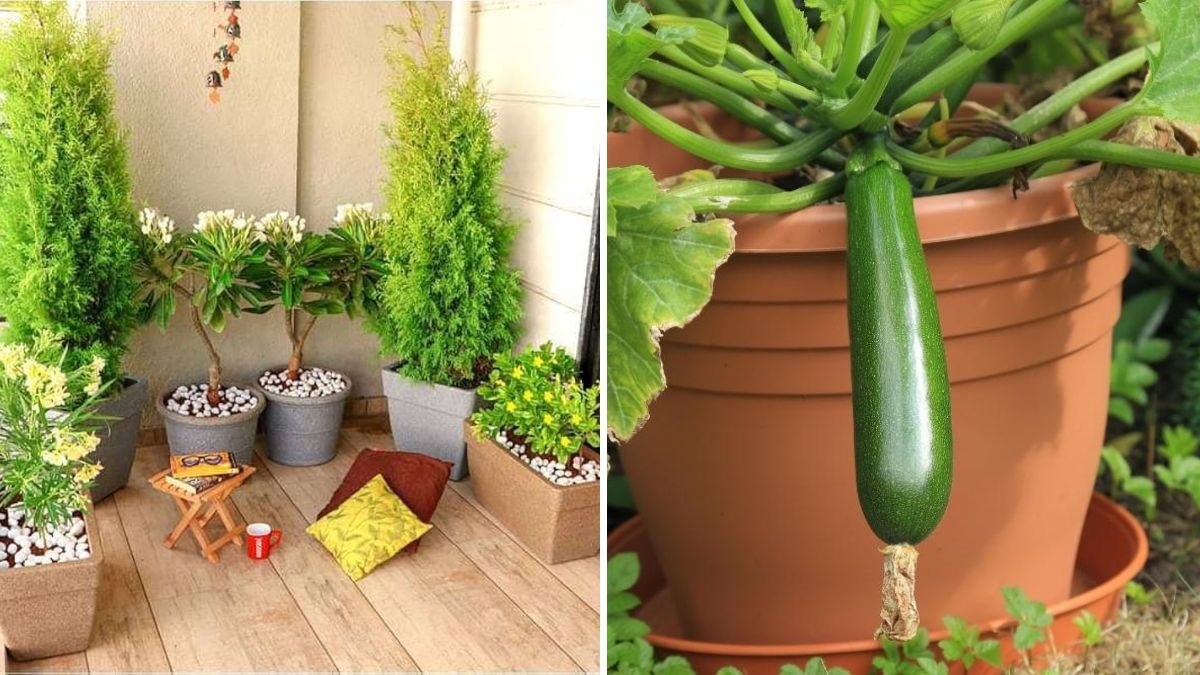Container gardening is an excellent way to enjoy greenery in small spaces, balconies, patios, or indoors. Growing plants in pots offers flexibility, aesthetic appeal, and the joy of homegrown produce, but it comes with unique challenges. Even experienced gardeners can make mistakes that stunt growth, reduce yields, or even kill plants.
This guide explores six common mistakes to avoid when growing plants in containers, along with expert tips to ensure your plants thrive.
Mistake 1: Choosing the Wrong Container Size
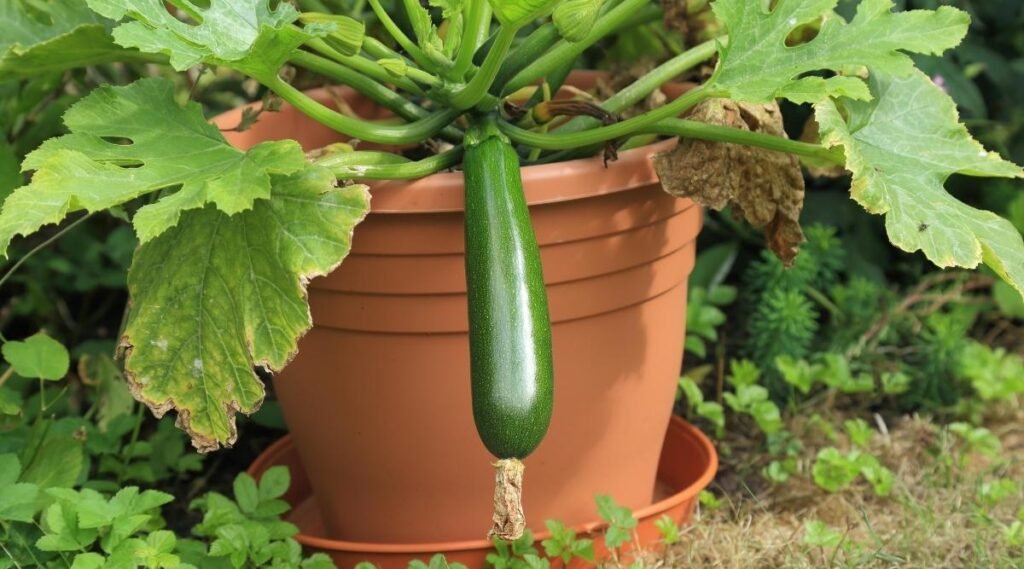
Why It Matters
Container size directly affects root development, nutrient availability, and water retention. Using a pot that is too small restricts roots, while an excessively large container can lead to overwatering and soil issues.
Common Problems
- Roots become root-bound in small containers, restricting growth.
- Soil dries too quickly in tiny pots or retains excess moisture in oversized pots.
- Stunted plant growth or premature death.
Expert Tips
- Match the pot size to the plant:
- Leafy greens and herbs: 6–8 inches deep.
- Vegetables like tomatoes and peppers: 12–18 inches deep.
- Shrubs and small trees: 18 inches or more.
- Ensure the container has adequate drainage holes to prevent waterlogging.
- Consider lightweight options for large pots if you need to move them frequently.
Mistake 2: Using Poor Soil or Garden Dirt
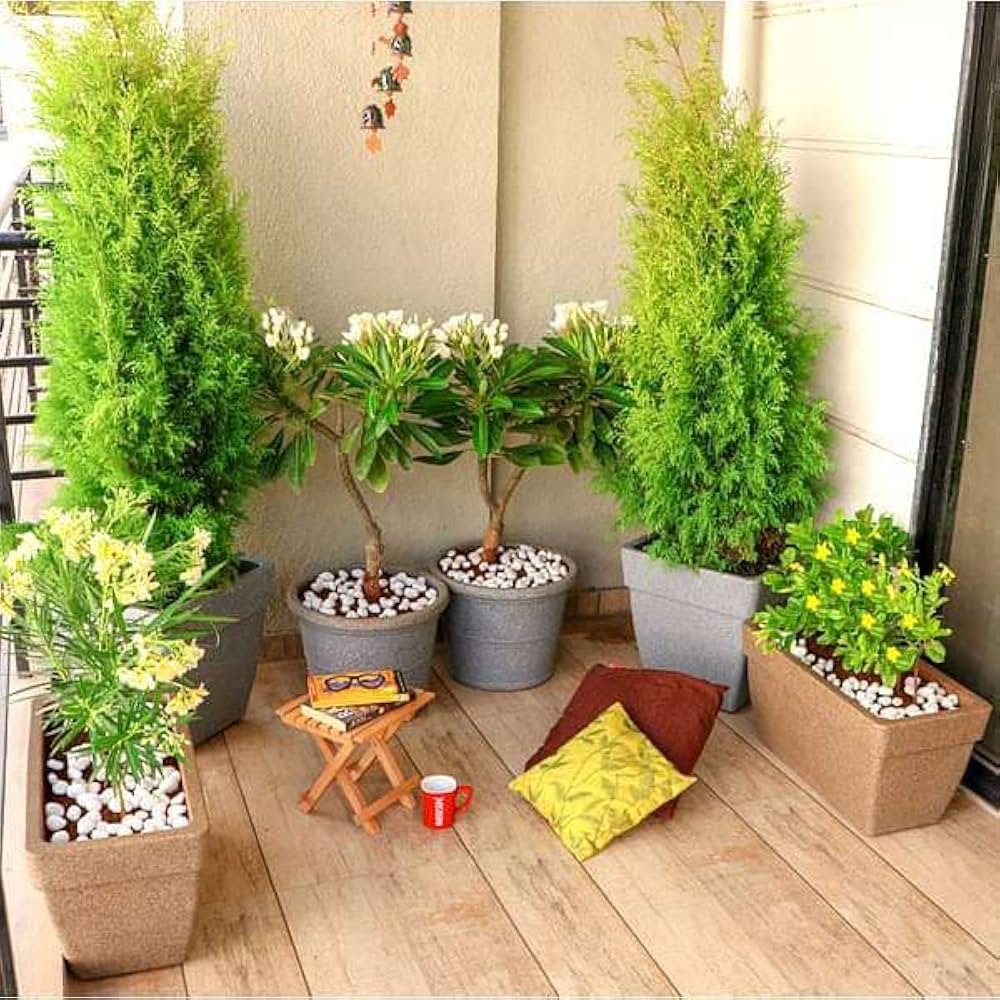
Why It Matters
Soil quality is critical for container gardening. Ordinary garden soil can compact in pots, restrict roots, and cause drainage problems, leading to unhealthy plants.
Common Problems
- Poor drainage causes root rot and fungal infections.
- Compacted soil prevents proper aeration, leading to stunted roots.
- Nutrient deficiency reduces growth and flowering.
Expert Tips
- Use high-quality potting mix rather than garden soil.
- Mix in organic compost or worm castings for fertility.
- Add perlite, vermiculite, or coarse sand to improve aeration and drainage.
- Adjust pH according to plant requirements (most vegetables prefer 6.0–7.0).
Mistake 3: Overwatering or Underwatering
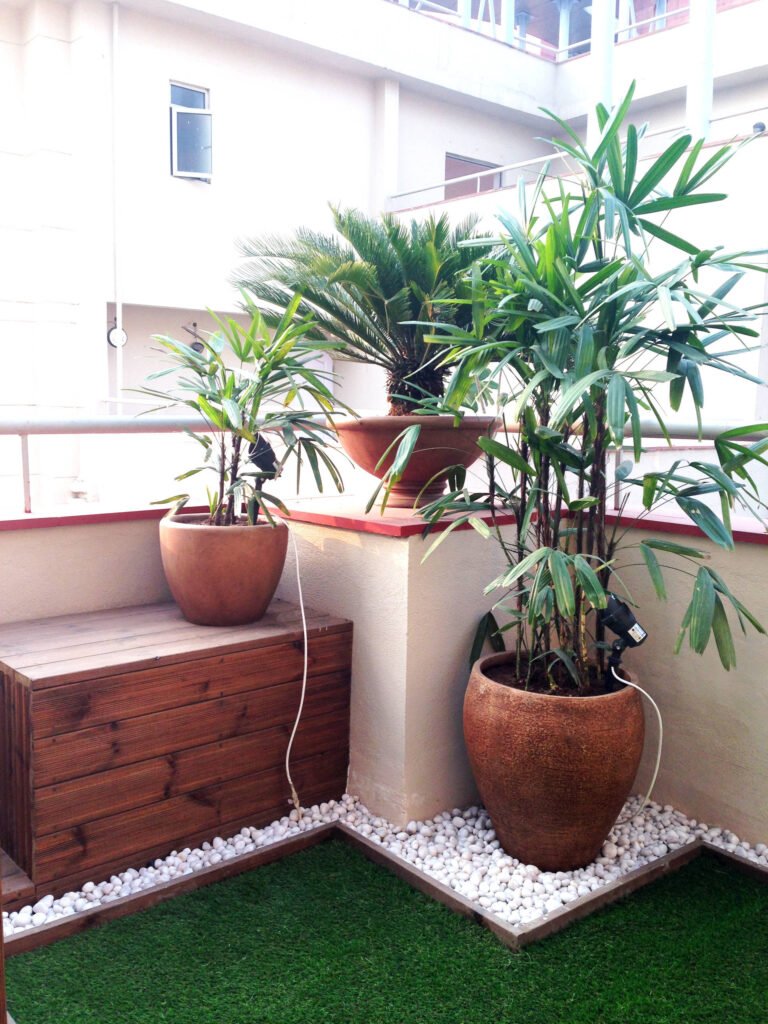
Why It Matters
Water management is one of the most common challenges in container gardening. Containers dry out faster than garden soil, but too much water can suffocate roots.
Common Problems
- Overwatering: Roots sit in water, leading to rot and yellowing leaves.
- Underwatering: Soil dries out too quickly, causing wilting, leaf drop, and poor growth.
- Inconsistent watering: Stress can reduce flowering, fruiting, and flavor in edible plants.
Expert Tips
- Check soil moisture regularly by inserting a finger 1–2 inches into the soil.
- Water deeply and thoroughly, ensuring all roots receive moisture.
- Use self-watering pots or trays for convenience.
- Group plants with similar water needs together to avoid over or underwatering.
Mistake 4: Ignoring Sunlight Requirements
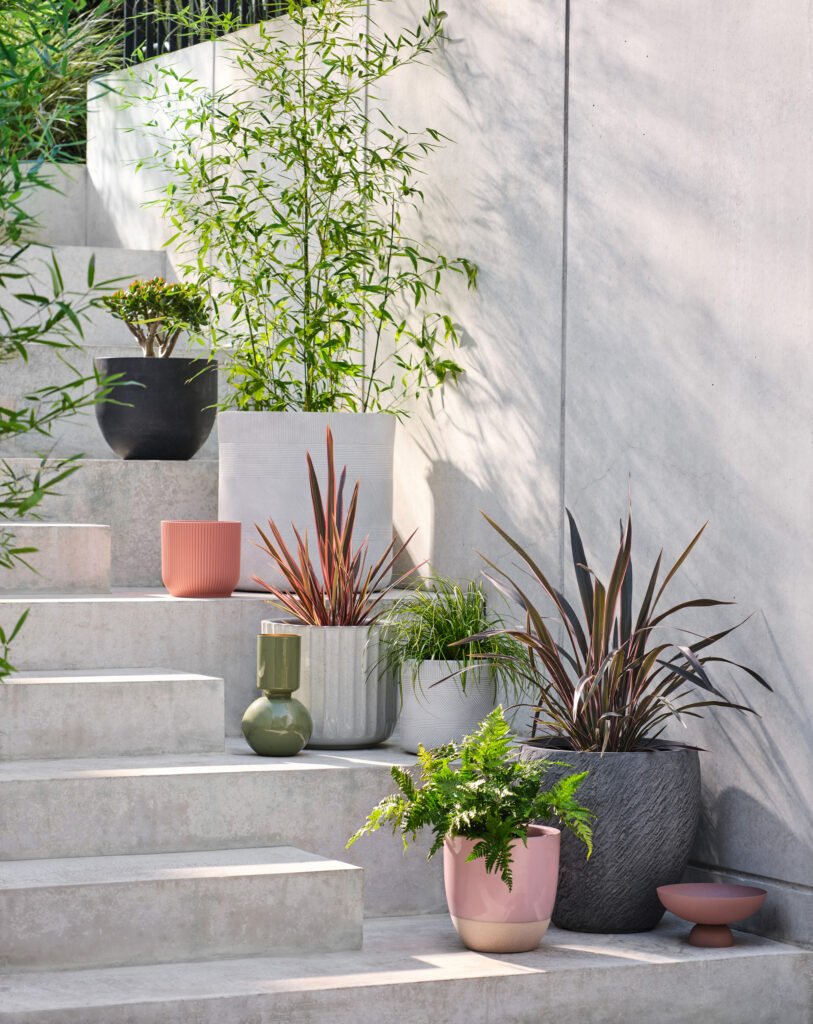
Why It Matters
Light is essential for photosynthesis, flower production, and fruiting. Containers allow flexibility, but placing plants in unsuitable light can stunt growth or prevent flowering.
Common Problems
- Shade-tolerant plants thrive in sun, but sun-loving plants fail in low-light conditions.
- Leafy vegetables may become leggy and weak if they don’t get enough light.
- Overexposure to direct sunlight can burn leaves or dry out soil too quickly.
Expert Tips
- Observe sunlight patterns and place plants where they receive appropriate hours of light.
- Most vegetables: 6–8 hours of direct sunlight.
- Leafy greens and herbs: 4–6 hours of sunlight or partial shade.
- Rotate containers periodically for even light exposure.
- Consider grow lights indoors for supplemental lighting during winter.
Mistake 5: Neglecting Fertilization
Why It Matters
Plants in containers rely solely on the nutrients in the potting mix, which are quickly depleted. Without proper fertilization, plants will show slow growth, poor flowering, or weak roots.
Common Problems
- Nutrient deficiencies manifest as yellowing leaves, weak stems, or poor fruiting.
- Overfertilization can burn roots and leaves, reducing plant health.
Expert Tips
- Apply liquid fertilizer every 2–3 weeks for fast-growing plants.
- Use slow-release fertilizers for long-term nutrient supply in larger pots.
- Select fertilizers based on plant type:
- Leafy greens: nitrogen-rich.
- Flowering and fruiting plants: higher phosphorus and potassium.
- Supplement with organic amendments like compost or fish emulsion for added micronutrients.
Mistake 6: Overcrowding Plants
Why It Matters
Overcrowding reduces airflow, limits sunlight, and increases competition for nutrients, leading to unhealthy plants and higher susceptibility to pests and diseases.
Common Problems
- Stunted growth due to competition for nutrients and water.
- Increased humidity encourages fungal diseases like powdery mildew.
- Poor airflow reduces flowering and fruit set in vegetables.
Expert Tips
- Follow recommended spacing guidelines for each plant type.
- Thin seedlings to prevent overcrowding in shallow pots.
- Consider vertical gardening or tiered shelving to maximize space without sacrificing airflow.
- Group plants with similar water and light needs together for easier maintenance.
Additional Expert Tips for Container Gardening Success
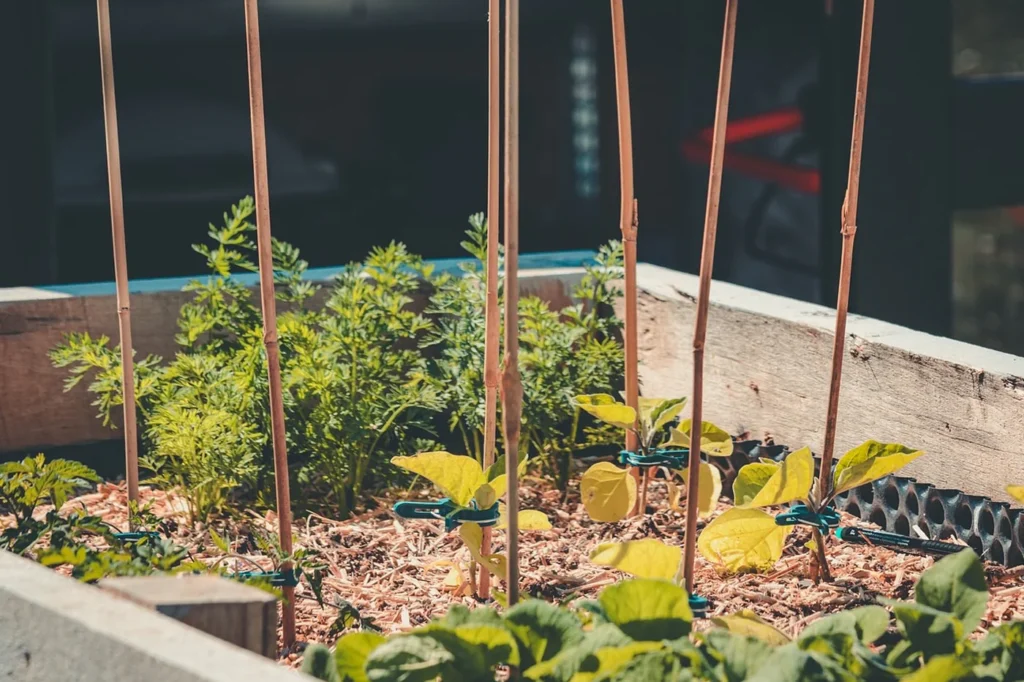
- Choose the Right Material: Terracotta for breathability, plastic for moisture retention, fabric pots for air pruning.
- Ensure Proper Drainage: Always place saucers or trays under containers to catch excess water.
- Rotate Plants: Periodically change container positions to ensure even light distribution.
- Monitor for Pests: Container plants are less susceptible but still require inspection. Aphids, spider mites, and whiteflies can attack indoor or balcony plants.
- Seasonal Adjustments: Move sensitive plants indoors during frost or extreme heat. Use cloches or mini greenhouses if needed.
- Regular Maintenance: Prune, harvest, and deadhead plants to encourage healthy growth and prolong productivity.
Conclusion
Container gardening provides a flexible and rewarding way to grow plants even in limited spaces. However, avoiding common mistakes is essential to ensure healthy, thriving plants.
The six key mistakes to avoid are:
- Choosing the wrong container size.
- Using poor soil or garden dirt.
- Overwatering or underwatering.
- Ignoring sunlight requirements.
- Neglecting fertilization.
- Overcrowding plants.
By selecting appropriate containers, quality soil, and suitable plant varieties, and maintaining proper watering, sunlight, and spacing, gardeners can achieve maximum growth, yields, and aesthetic appeal. Container gardening, when done right, allows you to enjoy lush greenery and fresh produce year-round, regardless of space constraints.
